I write this in Amsterdam, a city I’m visiting for the first time, and my first new city in more than two years. Soon I’ll be on a plane and back in Aberdeen.
Amsterdam is a delight. The canals arranged beautifully, the buildings just the right height. I find leaving cities that I like hard. As I do I am reassured that I’ve left something unexplored that I can return to in future.
Amsterdam is changed from the stories that are often told to us. It is a city under a transformation, trying to shake off the notoriety attached to its red light district and drug tolerances while retaining its progressive, and sensible, attitudes to sex work and drug use. It is attempting to project a more modern and grown-up vibe. It is working. It has undergone change before.
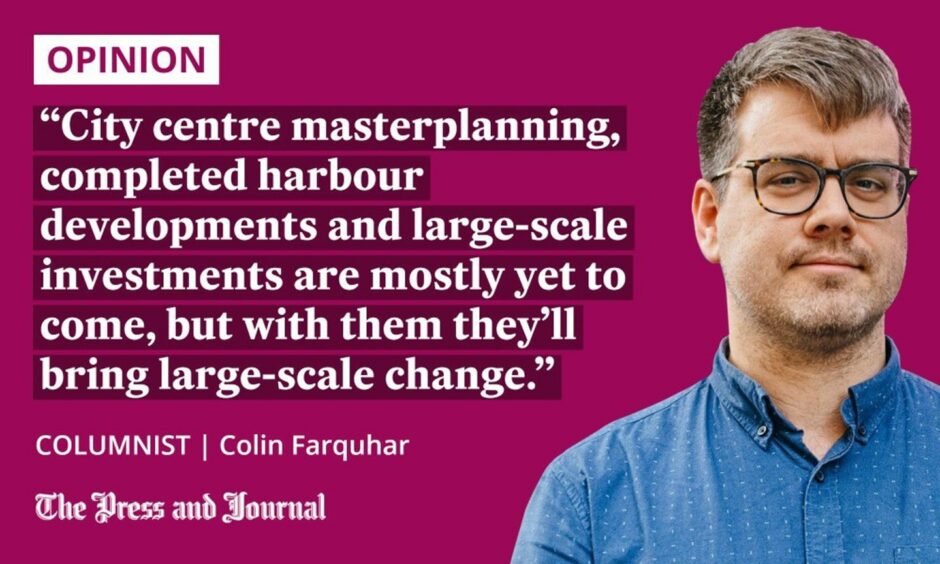
A canal boat guide tells you the city was expanded in the 17th century, with the building of three new canals, ringing out from the existing town. Each layer of the new canal system became occupied by a different class. The outer ring, where I stayed, the Prinsengracht, was filled with industrial workers. They couldn’t afford to live closer to the town centre. The tour guide finishes with, ‘of course this no longer holds true in the city – everywhere is expensive.’
Much of what I found beautiful about Amsterdam is borne from this. The mornings seem quiet, and still. You get the impression that very few people actually live in the direct city centre. There is very little of the early morning bustle associated with people going to work. There’s nothing nicer than an empty city, on a sunny morning. But it’s a double-edged sword.
Aberdeen has its own distinct culture
Like in Venice, another city of canals, and another city I fell in love with, you feel that the beauty is tied up in an absence of sorts – these places feel unique; pristine in their slight decay and in a strange way abandoned by those who formerly lived there. The most beautiful things are often tinged with sadness. Cities and towns are no exception.
I think about going home and the geography and of what makes Aberdeen such a good place to work and live in. The nature and the parks; the easy access to vast countryside; our twin rivers and our beaches. The people, the Doric and the distinct architecture. I think what vast transformation Aberdeen may yet have to go through, as industries and habits change.
Aberdeen set as parallel to cities like Amsterdam or Venice, Barcelona or even Edinburgh may feel fantastical right now, but cities can change dramatically in a very short period of time when desire and necessity exist. Perhaps more comparable are Reykjavik, or Gdansk, where large developments have vastly altered the centres, quickly. Property prices will go up. We are seeing, and will see, increased tourism.
Aberdeen is a regional capital in the North-East. The more time I spend in the Central Belt, or even the Highlands for that matter, the more I come to realise that we inherit a distinct culture. We have our own institutions, our own language, and our own unique attractiveness. City centre masterplanning, completed harbour developments and large-scale investments are mostly yet to come, but with them they’ll bring large-scale change.
How does Aberdeen retain what makes it Aberdeen?
I’ll go back to the tour guide in Amsterdam. He is concluding a bit on the Herengracht, the fancier of the 17th century canal expansion. He casts his arm up at a row of gorgeous townhouses that line the canal. ‘A lot of these mansions are now used for business, as people just cannot afford to live in them’ he muses. How do we avoid that conundrum? How does Aberdeen retain what makes Aberdeen, Aberdeen.
Aberdeen is by many measures the best city in Scotland. As we push toward something a little different, we need to think about impacts that may come in decades’ time. We want a busier city centre, a better city. More independent cultural institutions to support business and our universities, painting the city distinct and diverse. We want to keep people at the heart of the city, to live their lives and therefore bring life back to Union St and the surroundings.
Although brought up in the ‘Shire, Aberdeen is now hame to me, having lived here long enough to call it so. It has, after an adventure, always felt reliable to return to and get back on with the grind. I hope that while it increasingly becomes an adventure for others that we can keep that sense of peace, place and self for ourselves too.
Colin Farquhar is head of cinema operations for Belmont Filmhouse in Aberdeen.
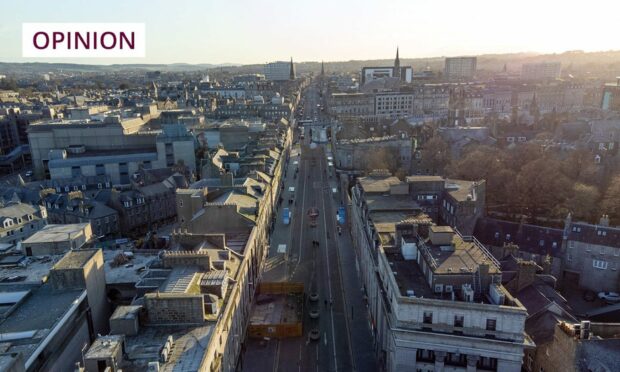
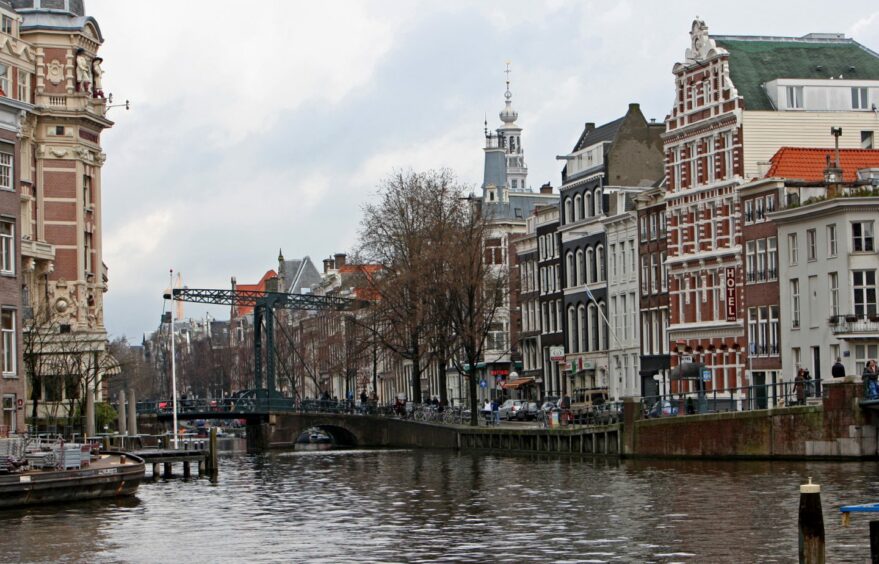
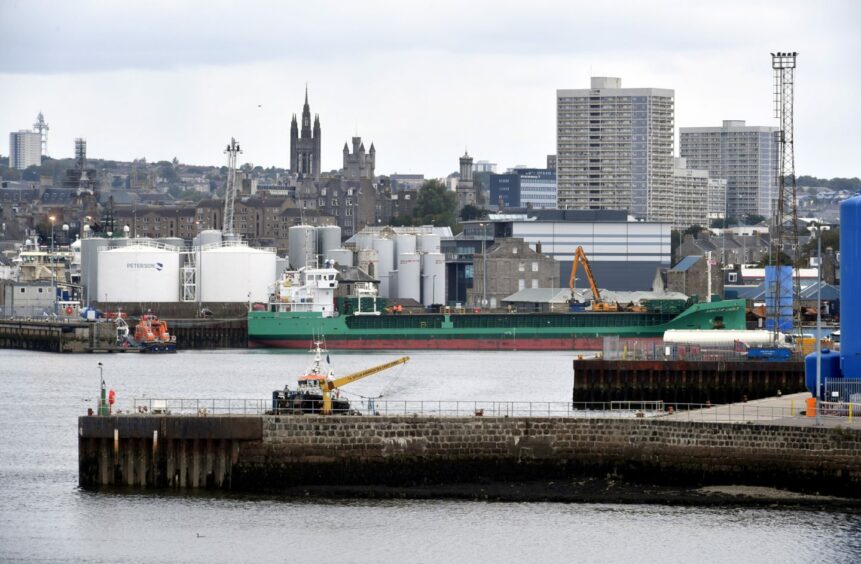

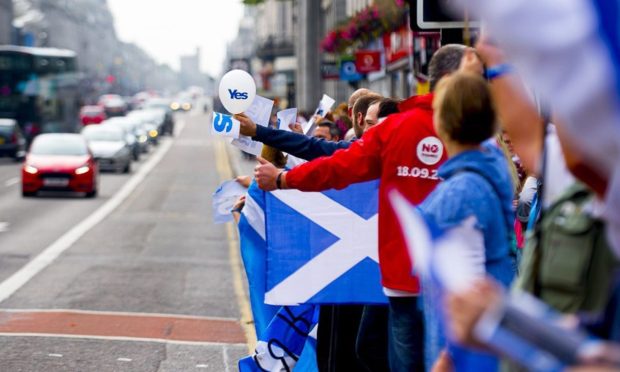
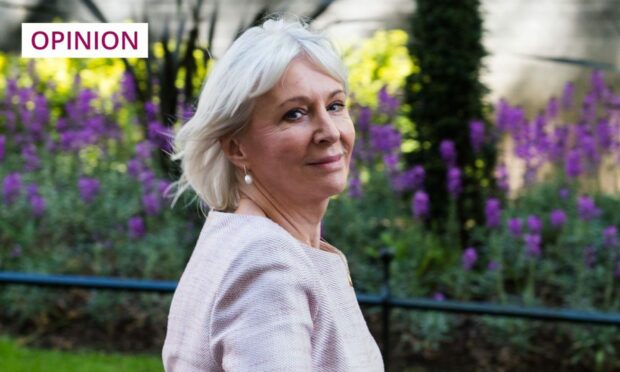
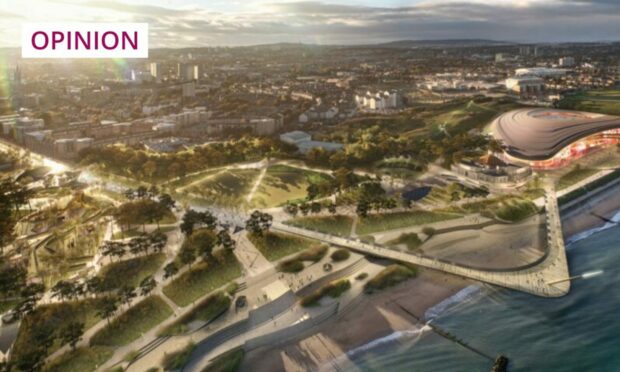
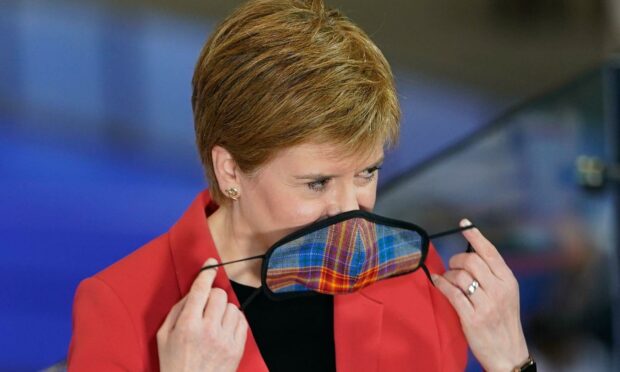
Conversation